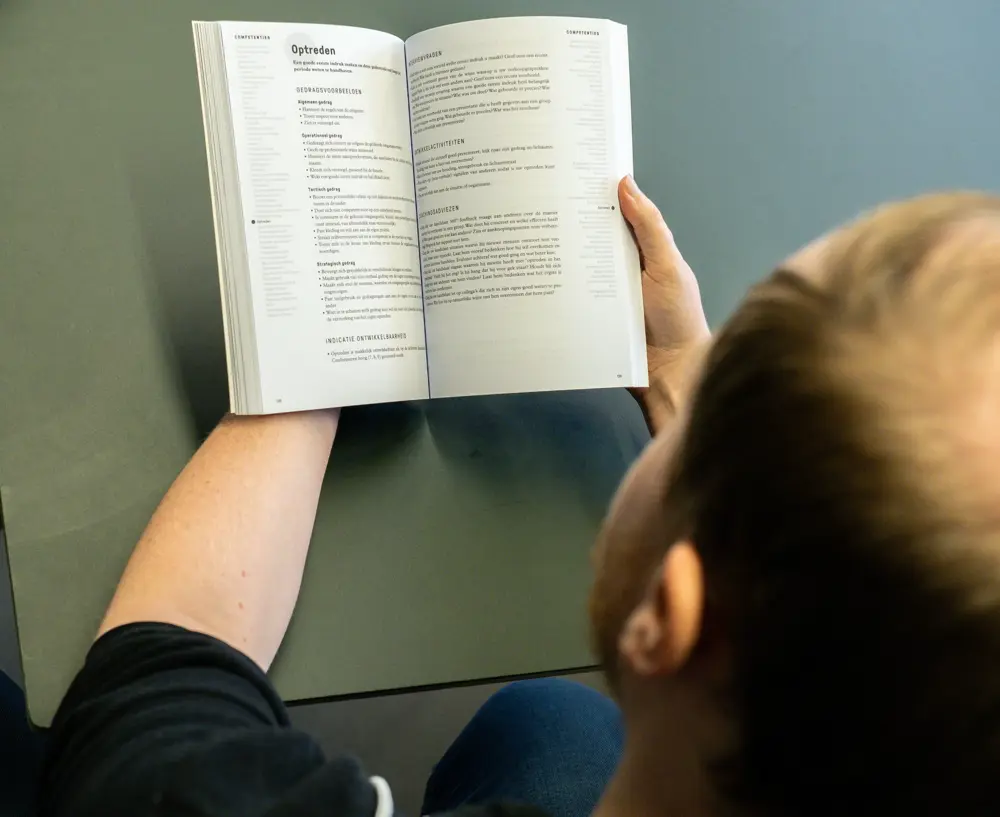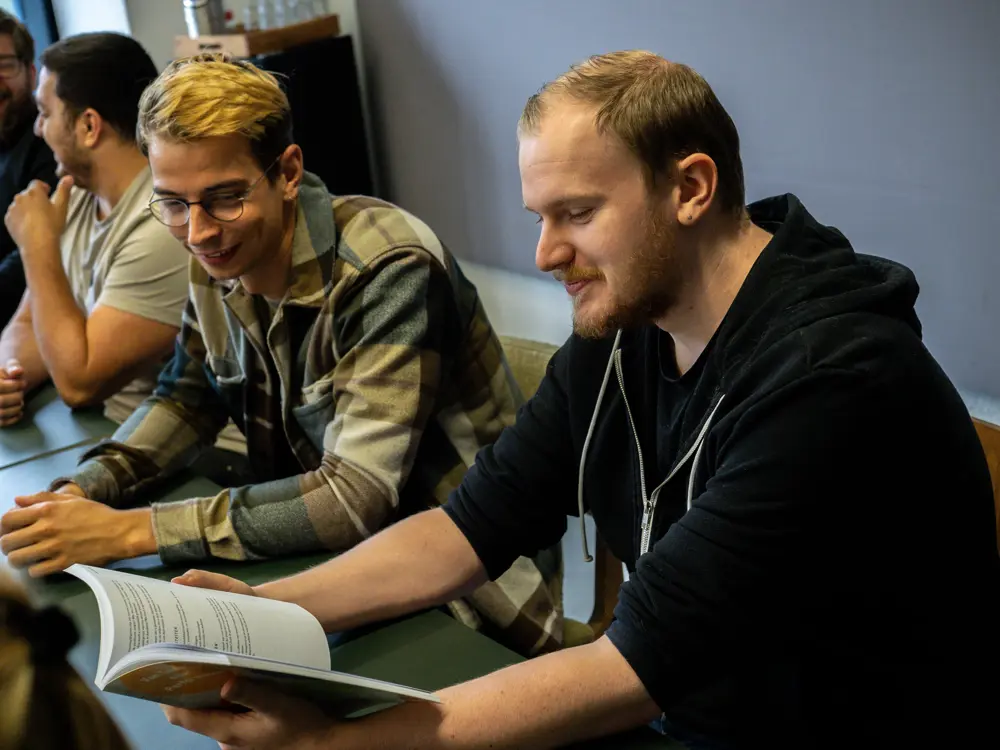Menu
Human drives are intrinsic motivations that define our behavior and decisions. They push us to strive for goals and fulfill our needs. When it comes to work, we at TMA first check the competencies that enable people to thrive in their roles.
To turn a drive into a competency, we examine people’s talents and preferred behaviors.

You need to tap into your strengths to satisfy your needs - that’s how talents emerge. Talent is a proactive behavior you show to get what you want. The stronger the drive, the more visible the talent becomes.
For instance, if you have a strong need for order and structure, it translates into a talent for accuracy and neatness in work. This talent helps you achieve the order and structure you crave.
Another example is a strong need for variety and new experiences, which manifests as a talent for being diverse, socially oriented, and willing to try new things. If you deploy this talent, you will probably get more variation and new experiences in your life and satisfy your need.
“A competency is an observable behavior that combines knowledge, skills, attitude and personal qualities to achieve specific goals at work.”
TMA, the Talent Method, seamlessly connects talents and competencies. The overview below explains how we do it.
Talents play a crucial role in helping you accomplish things. Collectively, they define your personality and unique behavior. When your work aligns with your talents, you operate at your best. This alignment empowers you to achieve your goals, learn faster, and feel comfortable in your role.
It's a good starting point to build a successful career. However, talents still need to be developed to enable you to do your work with the right attitude, knowledge, and skills. In the workplace, we often speak about competencies, which are descriptions of the behavior people should display to successfully carry out their work.

Henry Alexander Murray (1893 – 1988) was an American psychologist best known for his needs and motives theory, which states that human behavior is driven by individual needs.
TMA Philosophy is grounded in Murray’s theories. We believe that every person has unique talents and drives. If you fully embrace your talents, you will become more successful and satisfied with your work.

The TMA Model draws significant inspiration from Murray’s theory. It laid the foundation for the idea that people perform the best and feel the most fulfilled when their work is aligned with their talents and drives.
Murray’s theory also emphasizes the role of feedback in learning and development. TMA, the Talent Method, uses feedback to help people gain insight into their talents and drives and make personal development plans.
Would you like to fully master the TMA Method and apply it to individual trajectories such as coaching, career guidance, and recruitment & selection? Enroll in our certification training and confidently promote the TMA philosophy.